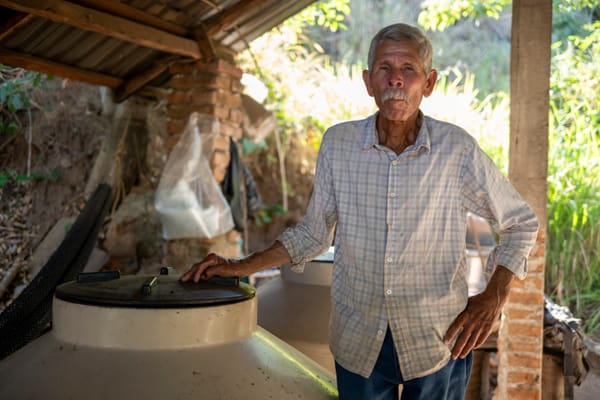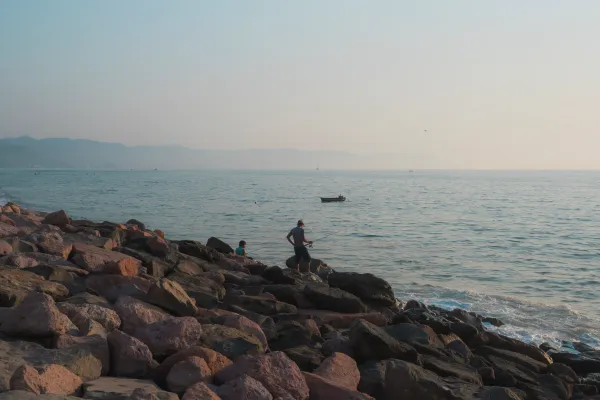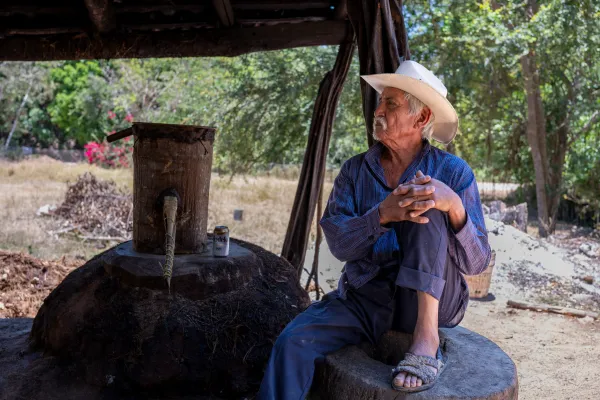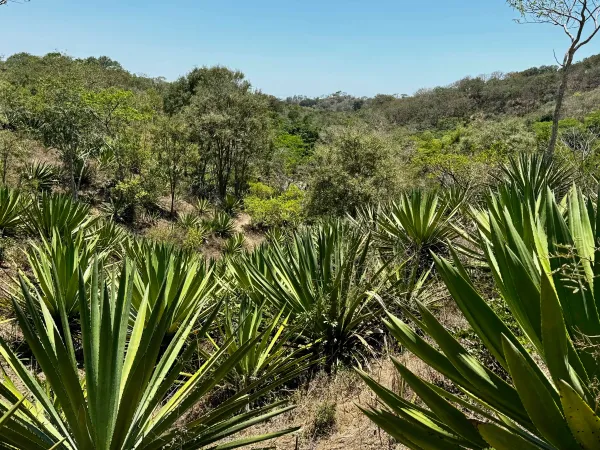Rakia Is The Best Drink You’ve Never Heard Of
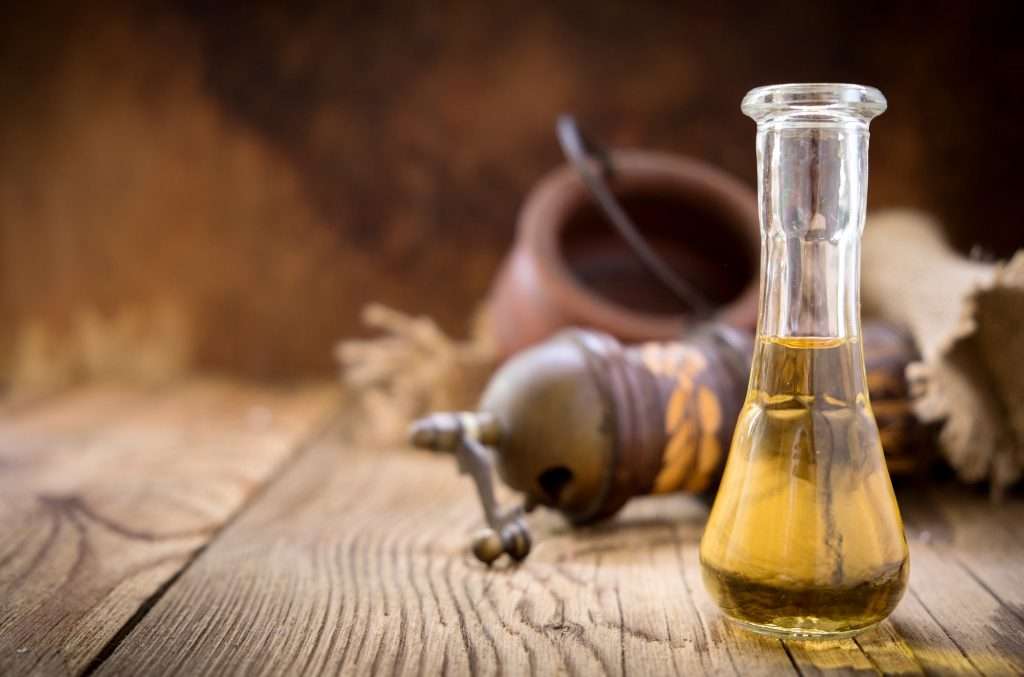
Arguably the drink that started it all for me, rakia is a sneaky good liquor that you’ve probably never heard of until now. My first trip abroad, ever, was to Switzerland and Serbia. Yes, those are two random-ass countries to pair together on your first international trip. So how did you end up there, you ask? One fateful Saturday, I got a text from The Points Guy about a flight to Belgrade, Serbia, for a $150…roundtrip. So I said why the fuck not and booked it. I’d always dreamed of going to Switzerland as well, so I decided to do both.
The two countries are, not surprisingly, vastly different places. Switzerland has the kind of immaculate beauty that makes you wonder if you’re looking at some sort of green screen because there’s no way those mountains are real. Serbia, on the other hand, was still pretty rough around the edges. The Balkan region isn’t the most popular tourist spot, and you could even see remnants of the 1999 NATO bombing in Belgrade; crumbling buildings, dirty streets, and the like. But there was an undercurrent of artisanal culture that was undeniable. And not the hipster kind you might find in Williamsburg, N.Y., but a budding craft culture that didn’t come with the pretentious baggage. And that’s precisely what made Belgrade so special.

And this is where we get to rakia, the national drink (probably?) of Serbia and many countries in the Balkan region. While in Belgrade, I went to this bar called, well, Rakia Bar actually. It was a quaint, dimly lit bar with a ton of different rakia to try; grape, plum, apricot, quince, you name it. I was blown away by this drink. Why had I not heard of this before, I wonder? The drink is delicious, served in cute little glasses, and gets you drunk quickly. It checks all the right boxes.
What is Rakia?
Rakia is the general term for a fruit brandy, a liquor made from fermented and subsequently distilled fruit, found in the Balkan region of Europe. It’s often made from plums or grapes (similar to Italian grappa or Greek ouzo), but it can really be made from any type of fruit. You can make rakia out of rose petals or even honey. In essence, it’s the “throw whatever shit you have in a still” kind of booze. The drink usually ranges from 40-60% ABV, and it goes down pretty quickly, so it’ll put you on your ass pretty quickly if you’re not careful.
The History of Rakia
The word rakia originates from the Arabic word, arak, which means distilled, likely pointing to the Ottoman Empire as responsible for bringing rakia to the area (and distillation in general to Europe). However, recent archaeological evidence points to 11th century Bulgaria as having distillation equipment. So, the history of rakia is a little vague and is of contentious debate within the Balkans.
The making of rakia is pretty simple. Take the desired fruit (ideally overripe for more sugars), add some sugar and water to create a mash, and ferment it for a few weeks. Once fermented, it’s ready to be distilled. Similar to other distillations, heat the mash and let the vapors condense back into a liquid. Post distillation, you can add some herbs, spices, or even throw it in a barrel to age, adding to the drink’s depth and complexity.
Though you can find it at restaurants across the Balkans, it’s not uncommon to make rakia at home. In typical DIY booze fashion, the hooch is usually made in small, makeshift stills in backyards. Give it a shot! Or maybe don’t if you’re in the U.S., and it’s sadly illegal to distill at home.
…Does it taste good?
As you’d probably imagine, the taste of rakia can vary depending on the fruit it’s made from. When made from grapes, it doesn’t impart a specific flavor. But if it’s made from plums, apricots, or pear, it’ll give off a more fruity taste and aromas. As with taste, the color can vary, but generally, it ranges from clear to light yellow. Not surprisingly, if you age the rakia in barrels, you will impart more oak flavors and darker hues.
In the summer months, rakia is usually served ice cold alongside some pickled vegetables. But in the colder months, you can get rakia “cooked,” which means some honey and spices are added and heated up. Similar to a mulled wine. I’m getting cozy just thinking about it.
All of that might not answer the question of does it taste good? Well actually yeah, compared to a lot of other booze I’ve had before, it’s pretty awesome. Granted, the flavors vary as we discussed, and so your preferences might be dictated by which fruit is being used. But overall the versatility and variety you can get also make rakia quite unique. It also comes in some pretty cool little glasses, so there’s that too.
Where to Find Rakia
Well, the Balkan region is probably a good place to start. The Balkans are underrated in my opinion; the food is incredible, it’s still relatively inexpensive, and the people are inviting. Going to Belgrade was unlike any other place I’ve visited thus far, so I’d highly recommend visiting Serbia, and I also have Bosnia & Herzegovina high on my list. Last year I went to Dubrovnik, Croatia, and found myself with a glass of rakia again. This time, honey rakia (medica) and herbal rakia (travarica).
In the United States, unfortunately, rakia is much less common. Ambar, a restaurant in Washington, D.C., offers a rakia flight where you can try all different varieties (and Serbian food). Side note, I went to Ambar a few times when I lived in D.C. and got to talk to the owner. They actually have a sister location in Belgrade, which I managed to visit when I went to Belgrade. All that to say, they know what they’re doing at Ambar. So if you’re interested and find yourself in the D.C. area, try it out.
Other than that, the closest you’ll get is most likely slivovitz, a plum brandy that you can typically find in your local liquor store.
Have you tried rakia before? I’d love to know what you think!

